
The Ultimate Fall Planting Guide: Tips for a Thriving Garden
Published: 26/10/2024 | Updated: 23/10/2024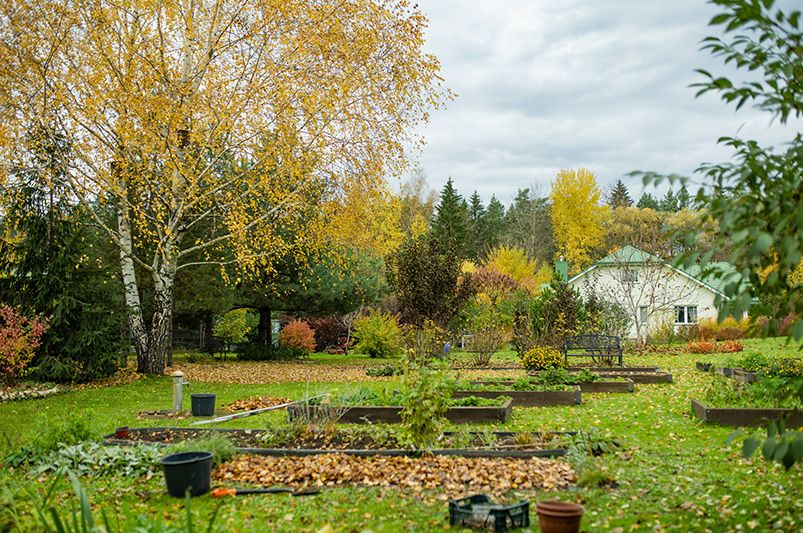
Key Highlights
- Fall planting offers a chance to extend your harvest and enjoy fresh produce well into the cooler months.
- Choosing the right crops for your region's climate is essential for success.
- Proper soil preparation and timing are crucial for optimal growth and yield.
- Protecting your fall garden from early frosts is essential to ensure plant health.
- With a little planning, you can revel in the bounty of a productive and rewarding fall harvest.
Introduction
As summer starts to cool down, smart gardeners know it’s not time to put away their tools yet! Fall gardening is a great chance to keep picking fresh, homegrown vegetables even as it gets colder. It is important to know the first expected frost date in your area. This date helps you figure out the best time to plant your fall crops. By counting backwards from this date and considering how long your chosen vegetables take to grow, you can plan a successful fall garden.


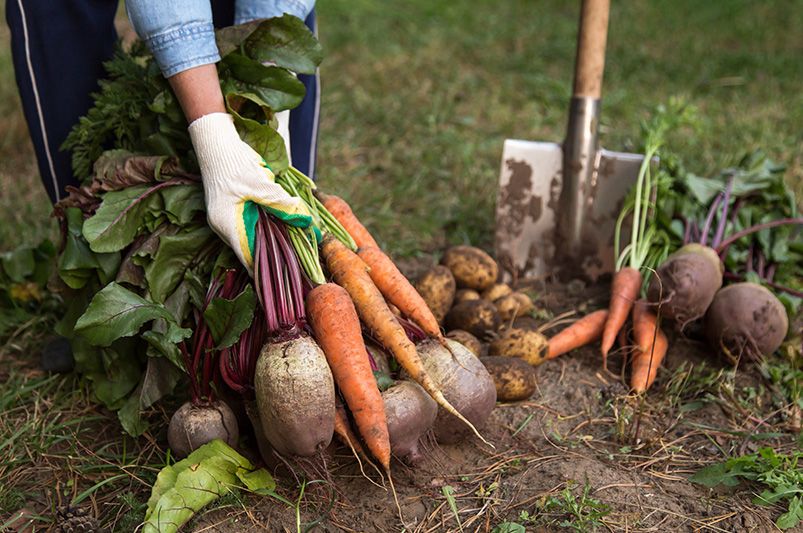
Essential Tools and Resources for Fall Planting
Getting ready for fall gardening is about having the right tools and help close by. Like any good plan, being prepared is important to get the best results.
Collecting key gardening tools, such as hand trowels, garden forks, and strong gloves, will make your planting tasks easier. Also, having a good source for plant information can be very helpful.
Choosing the Right Gardening Equipment
Selecting the right gardening tools can improve your fall gardening. Some must-have tools for gardeners are a hand trowel, which is great for small holes and moving seedlings, and a garden fork, which helps loosen and aerate the soil. Other useful tools are a garden hose with an adjustable nozzle, gardening gloves, and pruning shears.
If you have limited space or bad soil, raised bed gardens are a good choice. These raised beds allow for better drainage, control over soil quality, and easier access for planting and harvesting. You can find raised bed kits or materials to build your own at your local garden center.
Buying quality gardening tools not only makes your work easier but also helps make your fall garden successful and enjoyable.
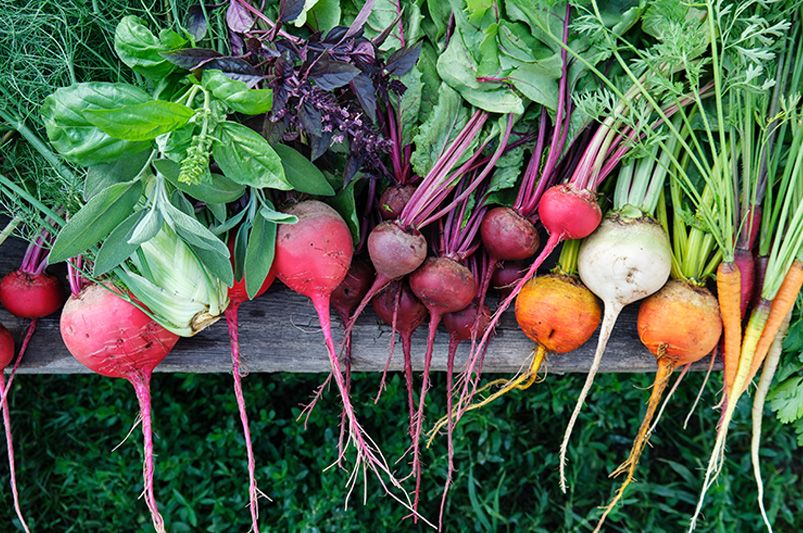
Selecting Fall Plant Varieties for the US Climate
The vastness of the US climate zones allows for a wide range of fall crops to thrive in different regions. Selecting varieties best suited for your local climate will ensure a bountiful harvest. When planning your fall vegetable garden, consider these popular choices:
Cool-Season Crops for Fall Planting:
|
Region |
Fall Crops |
|
Northern US |
Kale, spinach, lettuce, arugula, beets, carrots, radishes |
|
Southern US |
Broccoli, cauliflower, cabbage, chard, collards, mustard greens |
|
Pacific Northwest |
Peas, turnips, Brussels sprouts |
Remember to consult local resources or your local garden center for specific recommendations based on your region's climate and frost date.
Step-by-Step Guide to Starting Your Fall Garden
Now that you have the basic tools and picked your favorite fall crops, let’s get started with planting!
If you follow these simple steps, you will have a healthy and successful fall garden. Every step, from planning the layout to taking care of your plants, is important for getting good results.
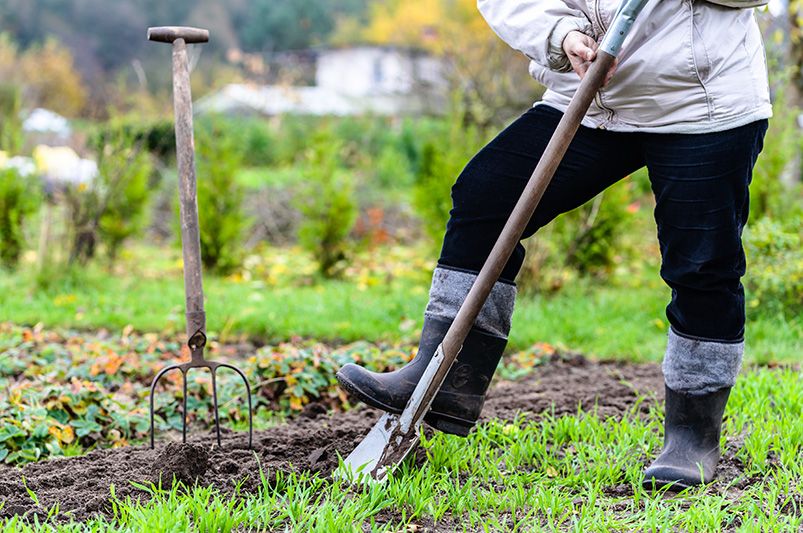
Step 1: Planning Your Garden Layout
A good garden layout uses space well and helps your plants get enough sunlight. Before you start planting, draw your garden beds on paper. Write down their sizes and where they will be in relation to the sun. You should pick a spot that gets at least 6 hours of full sun each day for the best growth.
Think about how big each plant will grow and leave enough space between them. Bigger plants, like broccoli and cauliflower, need more room than small leafy greens. You can use stakes and twine to mark your rows and help with spacing.
A smart garden layout helps air to flow well, lowers the chance of diseases, and makes it easier to reach your plants for watering, weeding, and harvesting.
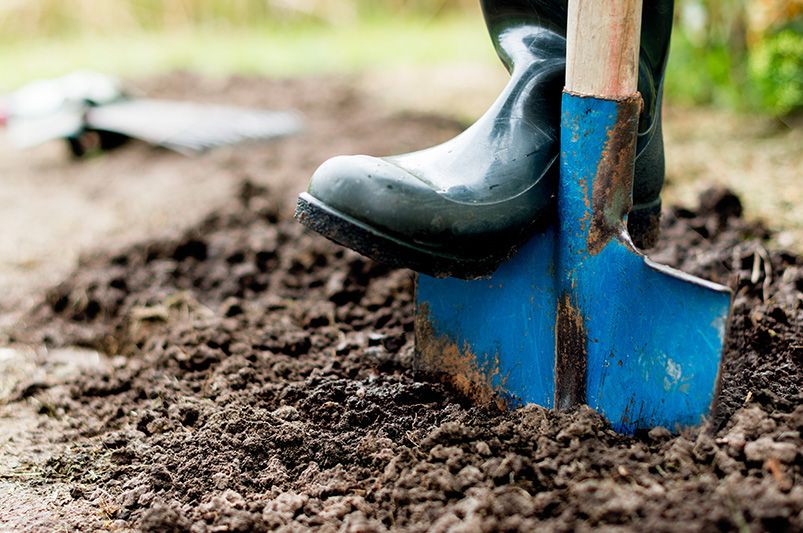
Step 2: Preparing the Soil for Planting
Proper soil preparation is very important for your fall garden. First, take out any weeds or trash from the area. Then, use a garden fork or tiller to loosen and aerate the soil. This step helps with drainage and makes it easier for plant roots to grow.
Next, to create a nutrient-rich space for your fall crops, add a lot of organic matter like compost or aged manure. Organic matter helps the soil hold water better and gives important nutrients for healthy plants.
By focusing on soil preparation, you give your fall garden a strong base for a great harvest.
Conclusion
In conclusion, planting in the fall can be a great way to have a successful garden. When you choose the right tools and plants, and follow clear steps, you will be on the right path. It is important to plan your garden layout, prepare the soil, and pick the right vegetables for the season. These steps are key for a good harvest. Don't forget to protect your garden from early frost and give it enough water. With the right care, you can have a lively and healthy garden all fall season. If you want to get started, look back at this guide and begin your fall planting today.
Frequently Asked Questions
What are the best vegetables to plant in the fall?
Great vegetables for cool weather are spinach, kale, chard, mustard greens, and Brussels sprouts. They all grow well in cooler temperatures.
How do I protect my fall garden from early frost?
To protect plants from light frosts, use row covers or cloches. You can also apply mulch to protect the roots from frost. It's important to know your last frost date so you can act at the right time.
When is the best time to start planting for fall?
The best time to plant your fall crops is in late summer. This should be about 6 to 12 weeks before the first frost expected in your area. You also need to think about the number of days to maturity for each vegetable.
Can I plant perennials in the fall?
Yes, fall planting is the best time for perennials. It helps them build strong root systems before winter. This is especially helpful in areas with mild winters. They can then grow better in the spring.
Tips for watering your fall garden
While cooler weather means your fall garden needs less water, it still needs to stay moist. Using a drip irrigation system or soaker hoses can help keep your veggies hydrated. This way, you can avoid overwatering.
Need Assistance for a Complete Landscape Makeover?
Shrubhub’s landscape design packages can significantly transform the lives of homeowners by delivering customized, professional landscaping plans tailored to their unique space and personal style. With the ease of online collaboration, you are guided step-by-step through a design process that fundamentally reshapes your outdoor environment. The result is an aesthetically pleasing and functional outdoor living area that maximizes the potential of your property.


